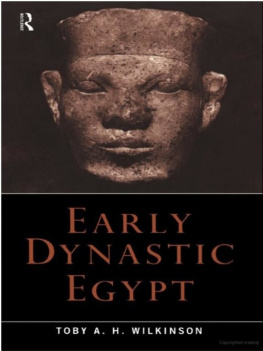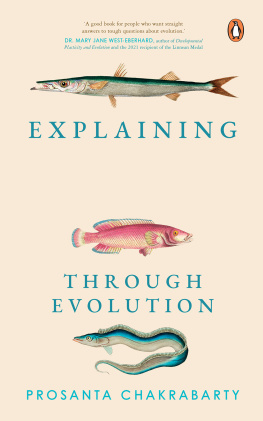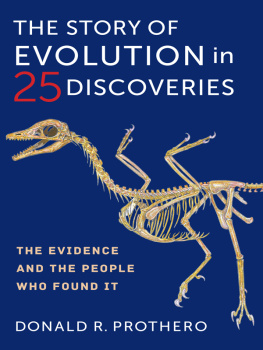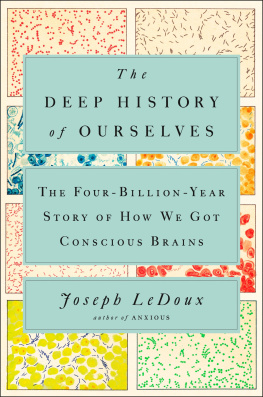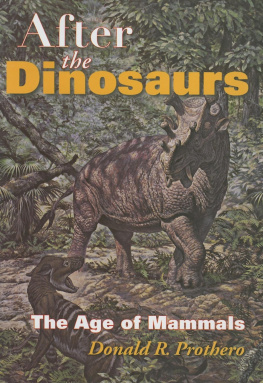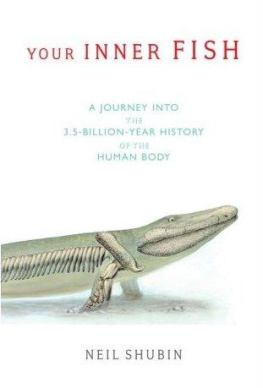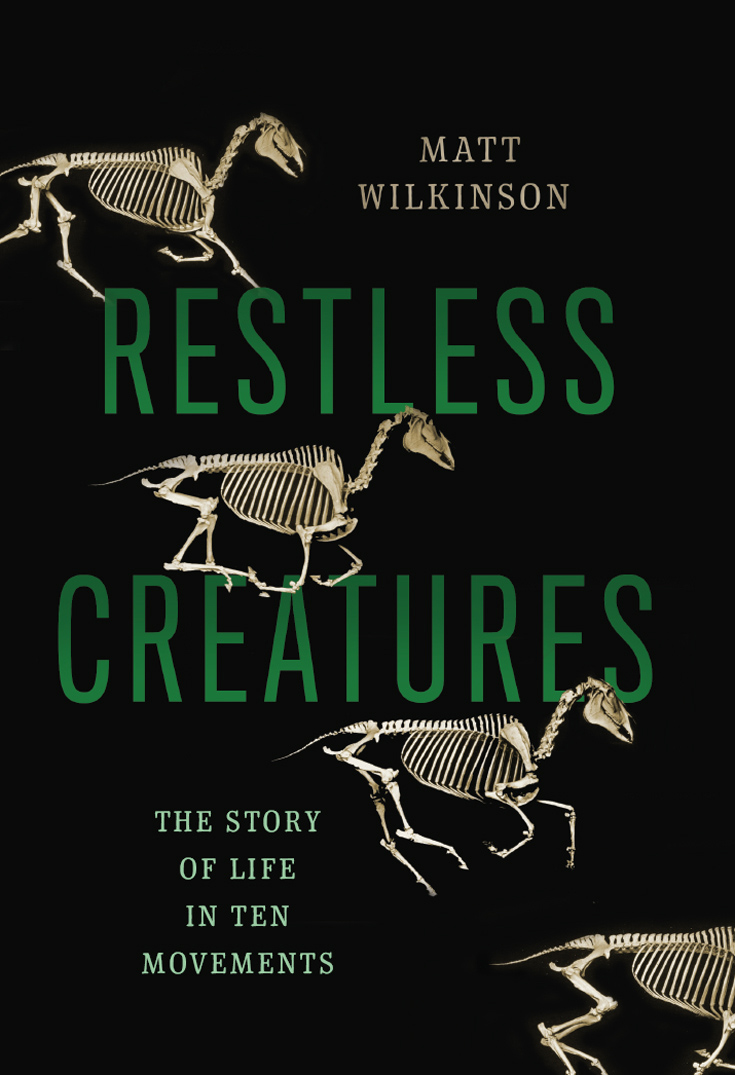RESTLESS CREATURES

Copyright 2016 by Matthew Wilkinson.
Published by Basic Books,
A Member of the Perseus Books Group
All rights reserved. Printed in the United States of America. No part of this book may be reproduced in any manner whatsoever without written permission except in the case of brief quotations embodied in critical articles and reviews. For information, contact Basic Books, 250 West 57th Street, New York, NY 10107.
Books published by Basic Books are available at special discounts for bulk purchases in the United States by corporations, institutions, and other organizations. For more information, please contact the Special Markets Department at the Perseus Books Group, 2300 Chestnut Street, Suite 200, Philadelphia, PA 19103, or call (800) 810-4145, ext. 5000, or e-mail .
Designed by Jack Lenzo
Library of Congress Cataloging-in-Publication Data
Names: Wilkinson, Matt, 1975, author.
Title: Restless creatures: the story of life in ten movements / Matt Wilkinson.
Description: New York: Basic Books, 2015. | Includes bibliographical references and index.
Identifiers: LCCN 2015037173 | ISBN 9780465098699 (ebook)
Subjects: LCSH: Animal locomotion. | Extremities (Anatomy)Evolution.
Classification: LCC QP301 .W673 2015 | DDC 591.47/9dc23
LC record available at http://lccn.loc.gov/2015037173
10 9 8 7 6 5 4 3 2 1
For Dad
Table of Contents
Guide
Contents
Then God said, Let us make man in our image, after our likeness... So God created man in his own image.
Genesis 1:2627 (RSV)
T hats as much as the Bible has to say about the origin of man and why we are as we are: if we take the above verses literally, God just felt like making a species that looked like him. As explanations go, its pretty thinone wonders, for instance, why God happened to be humanoid in the first place. Not that the rest of the living world fares much better. The only vague allusion in the first pages of Genesis to a possible link between an organisms form and its way of life is the description of birds as winged. Such reticence is hardly surprising, given that curiosity is denounced as the mother of all sins a couple of chapters later. Righteousness apparently requires that we take everything for granted. Fortunately, we ended up ignoring this prescription: the first rule of a post-Darwinian, evolutionary worldview is that when it comes to life, we should take absolutely nothing for granted. Living things are as they are largely as a result of the process of adaptation: the gradual accumulation of favorable mutations over countless generations by the action of natural selection.
Now, some would have it that natural selection is therefore the one and only answer to any question about life. But while this claim is sort of true, at least as far as the adaptive features of organisms are concerned, pointing at a single element in a causal chain hardly amounts to an intellectually satisfying explanation. However, wed be forgiven for thinking that this is about as far as we can go. Its all very well accepting the authority of natural selection as the agent of adaptive change, but the genetic mutations that create the variation upon which natural selection acts occur by chance. Furthermore, the eventual fate of a mutation hinges on the particulars of the environment in which a population happens to find itself. Are we really any the wiser? Is evolutionary history just one damned thing after anothera long sequence of specifics and contingencies? Have we succeeded only in replacing God with Fortune?
Some would argue that this is indeed the case. Ernest Rutherfordwidely regarded as the father of nuclear physicsonce said that physics is the only science; all else is stamp collecting. And while he would never have sanctioned such scornful language, evolutionary biologist Stephen Jay Gould was really on the same page when he declared that any rerun of the tape of evolution would produce a living world utterly alien to the one we know. In saying this, Gould was tacitly agreeing that, on the grand scale, evolution is an incomprehensible, unruly beastopaque to the order-seeking searchlight of science. In this book I offer a wholly different view, for I believe that, contrary to first impressions, there is a way of making deeper sense of ourselves and other living things. Life, you see, despite its overwhelming diversity, has a single overriding themeone that has dominated evolutionary possibility from the very outset. That theme is locomotionthe apparently simple act of moving from one place to another.
It was pterodactyls that showed me the light. These were the animals that attracted my attention when I first became a research zoologist. My choice of subject was partly driven by the usual childhood dreams of dragons and lost worlds not quite snuffed out by a scientific education (thankfully), but it was also a pragmatic one. Flight is not something to be tackled lightlyafter all, we humans cracked it only one hundred years agoso I reasoned that natural selection must have had a particularly tunnel-visioned concern when it came to the pterodactyls. The unforgiving physical demands of flight would surely have dominated their form and behavior completely, as is the case today for bats, birds, and, indeed, man-made aircraft. Such stringent limitations on evolutionary possibility are an absolute godsend for a paleontologist. If I bore these constraints in mind, I thought, then even with limited help from the fossils, and obviously no chance to observe the animals behavior directly, I could still go a long way toward reanimating the objects of my affection.
Im happy to report that my faith was justified. With aerodynamics as my guide, even the most basic data became a rich source of information. Although my later work involved virtual reconstructions and wind tunnel tests, the first thing I did was take my chosen speciesa magnificent beast called Anhangueraand estimate its weight and wing area from its fossil remains. Anhanguers wings were enormousspanning nearly 16.5 feet, with a 15.5-square-foot shadowbut the creature was also surprisingly light, weighing in at a mere 22 pounds, give or take. Now, simple physical considerations dictate that weight must be balanced by the force of lift in steady flight, and aerodynamic theory tells us that the amount of lift depends on wing area and airspeed, to a first approximation. With its big wings and lightweight build, Anhanguera could generate enough lift to stay airborne at a remarkably low cruising speed. Which was just as well: those enormous wings werent suitable for the vigorous flapping that would be required to make up for a substantial airspeed shortfall.
That was just the beginning. The trouble Anhanguera had with flapping meant that it needed gravitys help to get up to speed, along with rising warm air currentsthermalsto maintain altitude. It must therefore have roosted on cliffs near tropical seas, whose waters are balmy enough to sustain the thermal fields. In this regard, Anhanguera was a lot like todays frigate birds, but the resemblance may have gone further than simple habitat choice. Frigate birds are notorious for their aerial piracythey plunder fish from other birds on the wing. What many people dont realize is that this objectionable behavior is born of the birds locomotory design. Because they need the assistance of gravity to take off, frigate birds cannot risk alighting on the water to feed. Attacking other birds in midair is a perfectly reasonable response to this difficulty. Who knowsmaybe





